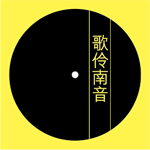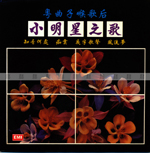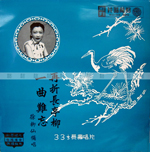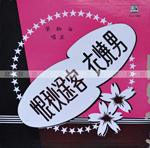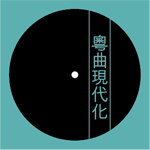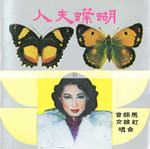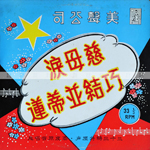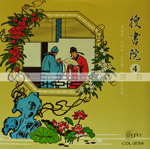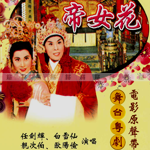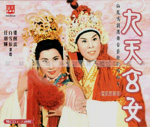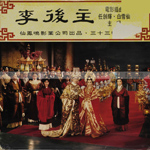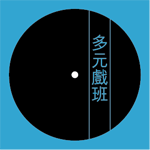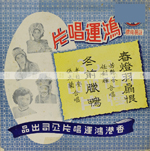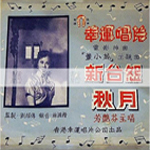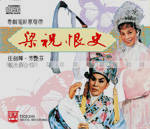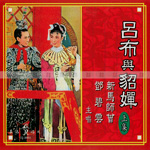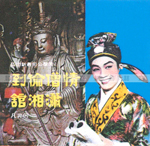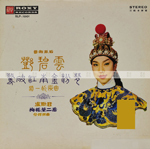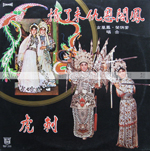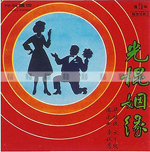Since the early twentieth century, Hong Kong has always been an important venue for Cantonese opera development. After 1949, as a result of political turmoil in the Mainland, performers and troupes converged and resettled in the territory, leading to a tremendous prospering of Cantonese opera in the subsequent decade. This development is linked intimately with the rise of the electronic media.
Performers and troupes began to grasp the possibilities offered by film and radio to re-examine age-old performance practices with regard to acting, singing, script writing, instrumentation, and stage set-up. They brought in novel elements from the theatre and movie world, and participated in the production of films and records. With these acts, they are extending the movement to modernize Cantonese opera that began in the 1930s.
Wong Jum-sum was thoroughly immersed in the world of Cantonese opera from young. Through his close encounter with master performers like Hung Sin-nui, Ma Si-tsang, Yam Kim-fai, Pak Suet-sin and Tong Dik-sang, he witnessed first hand the modernization of Cantonese opera, and was mightily moved by the adventure and passion he saw.
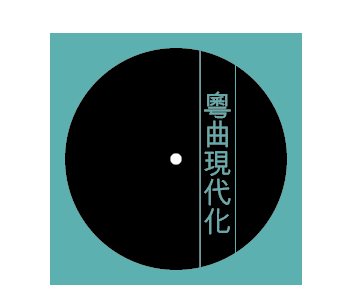
In Cantonese opera, performing troupes occupied prime of place.
In the 1950s, the burgeoning radio and recording industry brought challenges to the opera troupes. Some responded by incorporating the potentials offered by the new media in terms of performing convention, technology and market opportunities. In that process they brought innovations to Cantonese opera production and stage craft. They also participated in record and film making and ushered in a new performing aesthetics.
In this section we have selected extracts from the key works two of the most progressive Cantonese opera troupes of the period - Chun Sin Mei (led by Hung Sin-nui and Ma Si-tsang) and Sin Fung Ming (led by Yam Kim-fai and Pak Suet-sin).

